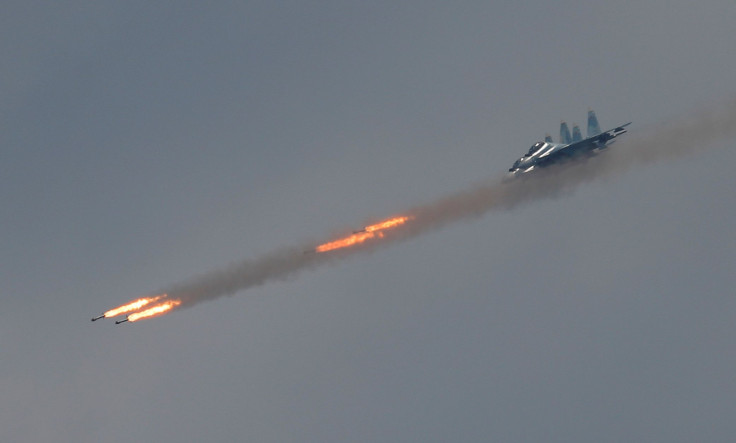China's Hypersonic DF-17 Missile Would Disrupt Regional Stability, Says Report

China’s development of hypersonic DF-17 missile, which is capable of penetrating U.S. missile shields, would disrupt regional stability, a military analyst from the China Aerospace Science and Industry Corporation (CASIC) said.
The South China Morning Post reported quoting the anonymous source that the under-development DF-17 missile is capable of achieving hypersonic speeds and shifting targets in flight. While traditional warheads are carried and operated based on trajectories after a missile is fired into space, the DF-17 would be able to fly much lower, thanks to its hypersonic glide vehicle (HGV), decreasing the chances of detection by enemy radars.
China’s hypersonic DF-17 missile threatens regional stability, analyst warns https://t.co/NwkRVpocTc
— South China Morning Post (@SCMPNews) August 23, 2019
The DF-17, a medium-range ballistic missile, was the first HGV to be tested in the world, which would eventually be operational. The tests were carried out in November 2017 by China, with the DF-17 able to fly at a depressed altitude of 60 kilometres and falling just metres away from its intended target. The missile covered a distance of 870 miles (1,400 km) in nearly 11 minutes.
“The DF-17 will be capable of delivering both nuclear and conventional payloads. There are now two institutions under CASIC that are competing to develop these advanced features,” the South China Morning Post quoted the source as saying.
The developments made by China in developing the DF-17 is set to improve its nuclear deterrence as the new missiles would able to penetrate the existing U.S. missile shields. Military researchers have pointed out that the development of such missiles would put the regional stability at risk as the decision-making time available before a hypersonic missile lands is quite short.
#Chine La Société aérospatiale pour la science et la technologie (CASC) a présenté une nouvelle animation de démonstration d'un nouveau type de #missile qui serait le "Dongfeng-17" équipé d'une ogive à glissement hypersonique.#Hypersonic #HGV #HyperGlideVehicule #China pic.twitter.com/eT4R6Ozvmb
— Rebecca Rambar (@RebeccaRambar) August 5, 2019
According to the U.S. intelligence community, the DF-17 is expected to be operational in 2020. CASIC released an official animated simulation of the HGV vehicle on its social media platform Douyin.
After China’s DF-17, U.S. and Russia too have started the development of HGV.
© Copyright IBTimes 2024. All rights reserved.





















